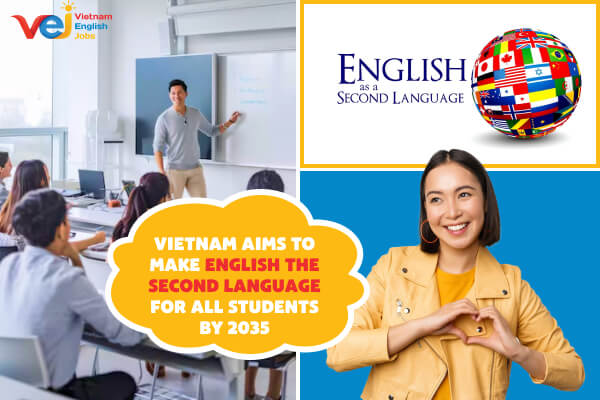International Schools vs Public Schools in Vietnam: Trends & Developments
Over the past few years, Vietnam has witnessed significant shifts in its education sector. The rapid growth of international and foreign-linked schools is reshaping parental preferences, investment patterns, and public policy. Meanwhile, public schools still remain the backbone of the system but face challenges like overcrowding and resource constraints. This article compares international schools vs public schools in Vietnam, highlighting recent developments, differences, and key factors that parents and educators should consider.
1. International Schools in Vietnam: Recent Developments
Growth & Expansion
- Vietnam ranks among the top 5 countries globally for fastest growth in the number of international schools, showing about a 5% increase over two years.
- Since 2019, the number of international schools has increased by ~42%, student numbers by ~30%, and total revenue by ~58%.
- Most of these schools are concentrated in large cities—Hanoi and Ho Chi Minh City have the highest numbers. There’s also expansion into other urban areas.
Types & Curricula
- There are monolingual international schools (education primarily in English using curricula like IB, Cambridge) and bilingual international schools (combining Vietnamese Ministry of Education requirements with international curricula).
- Recently, many bilingual schools have emerged as a more affordable option for Vietnamese families compared to full international schools.
Challenges & Quality Variability
- Discrepancies in quality are a concern. Some schools that label themselves “international” do not always meet international or regulatory standards.
- Financial difficulties are affecting some international schools—declining enrollment, higher operational costs, and difficulties recruiting or retaining foreign teachers. The closure of International School Saigon Pearl (ISSP) is a recent example.

2. Public Schools in Vietnam: Current Situation
Overcrowding & Capacity Issues
- Rapid urbanization and population growth have outpaced infrastructure and planning, particularly in cities like Hanoi. Many districts do not have enough public schools to accommodate the rising number of school-age children.
- For example, in Hanoi, several districts are reported to be short dozens of schools; public high schools can accept only 60-62% of students finishing lower secondary annually.
Funding & Resource Constraints
- While public schools are largely funded by the state and are more affordable, many face limitations in physical infrastructure, teacher-student ratios, and modern amenities.
- There is increasing government budget allocation, but growth in private/international schools highlights the gap in quality and facilities that many parents find difficult to ignore.
Policy & Regulation Environment
- Vietnam Education Law and amendments define categories: public, private, non-public. But there’s no legal definition specific to “international school,” which allows some institutions to use the term loosely.
- Authorities are more active in oversight: accreditation, licensing, enforcement of curriculum standards, transparency for foreign-linked education programs. Schools failing to meet standards have been suspended or had enrollment paused.

3. International vs Public: Key Differences for Parents & Students
4. What’s Changing: Emerging Trends
- Shift toward bilingual school preference: Many Vietnamese parents who previously wanted full international education now opt for bilingual schools to balance cost and maintain Vietnamese culture.
- More transparency demands: Accreditation, teacher credentials, curriculum delivery are under greater scrutiny. Parents want clear evidence of what “international” means in each institution.
- Policy tightening: Increased government intervention concerning foreign-linked programs, licensing, naming rights of schools using “international,” and operational standards.
- Online/ Remote International Education: Remote or “online international school” options are beginning to gain traction as lower-cost alternatives.
5. Advice for Parents & Students
- Check accreditation: IB, Cambridge, etc., and whether the school is recognized by local authorities.
- Visit the school to see facilities, class sizes, teacher qualifications.
- Compare total cost, including tuition, fees, uniforms, materials, extracurriculars.
- Consider location and commute, especially if schools are in high-demand urban districts.
- Decide whether bilingual or fully international curriculum better suits your values, culture, and long-term goals.
The landscape of education in Vietnam is evolving rapidly. International schools are growing in number, improving in quality, but also facing challenges of cost, regulation, and enrollment. Public schools, though more accessible and stable, are dealing with capacity issues and resource pressures. For families, the decision between international schools vs public schools in Vietnam involves trade-offs: cost vs quality, international exposure vs cultural rootedness, regulation vs flexibility. Understanding recent developments helps make an informed choice for your child’s education journey.







_at_Universities__Policies_and_Practices_in_Vietnam_and_Thailand-600x400.jpg)








